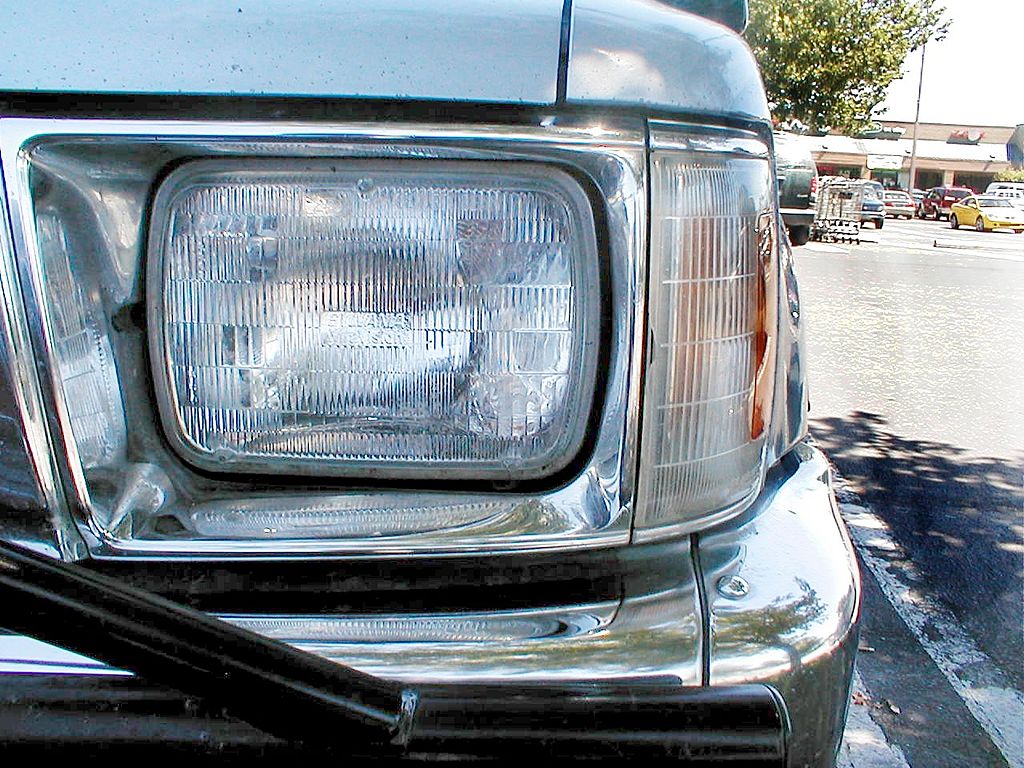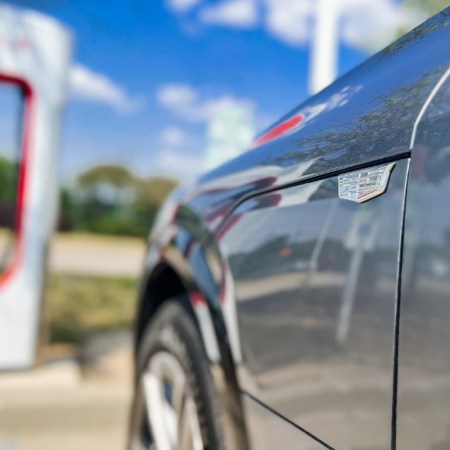Where does the appeal of installing LEDs in a car’s headlights come from? It can be seen as the logical end point of a couple of different impulses, including making everything more energy-efficient and of viewing one’s car as something endlessly customizable. The trends with home lighting over the last 10 to 20 years has involved bulbs that are longer-lasting, more powerful and — in some cases — designed to work with smart technology. Why not apply some of the same principles when on the road?
A new article by Andrew P. Collins at Jalopnik explores the pros and cons of modifying your headlights. Collins spoke with lighting expert Daniel Stern (not to be confused with onetime Wet Bandit Daniel Stern) to get a better sense of what works and doesn’t work when it comes to LED headlights.
What emerges from Collins and Stern’s conversation is a useful lesson in industrial design and the way lighting works in a headlight. More specifically, Collins notes that headlights are designed to amplify the light coming from a bulb of a specific shape — which can mean that LEDs won’t be a great fit:
Stern wrote: “…the near- and far-field light distribution is quite different to what the lamp’s optics were engineered for.” And as a result, the headlight’s beam pattern isn’t what it’s supposed to be, doesn’t line up with the way the vehicle’s engineered, and is all-around suboptimal.
That’s not to say that there aren’t certain LED/headlight combinations that would work effectively — just that the vast majority of such combos won’t represent an improvement. A better alternative, based on their conversation, might be a wholesale replacement of the housing with one specifically designed for an LED.
It’s a more complex process than it might seem at first, but then, most DIY auto projects have a way of doing that.
Subscribe here for our free daily newsletter.
Thanks for reading InsideHook. Sign up for our daily newsletter and be in the know.


















